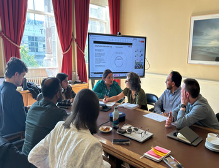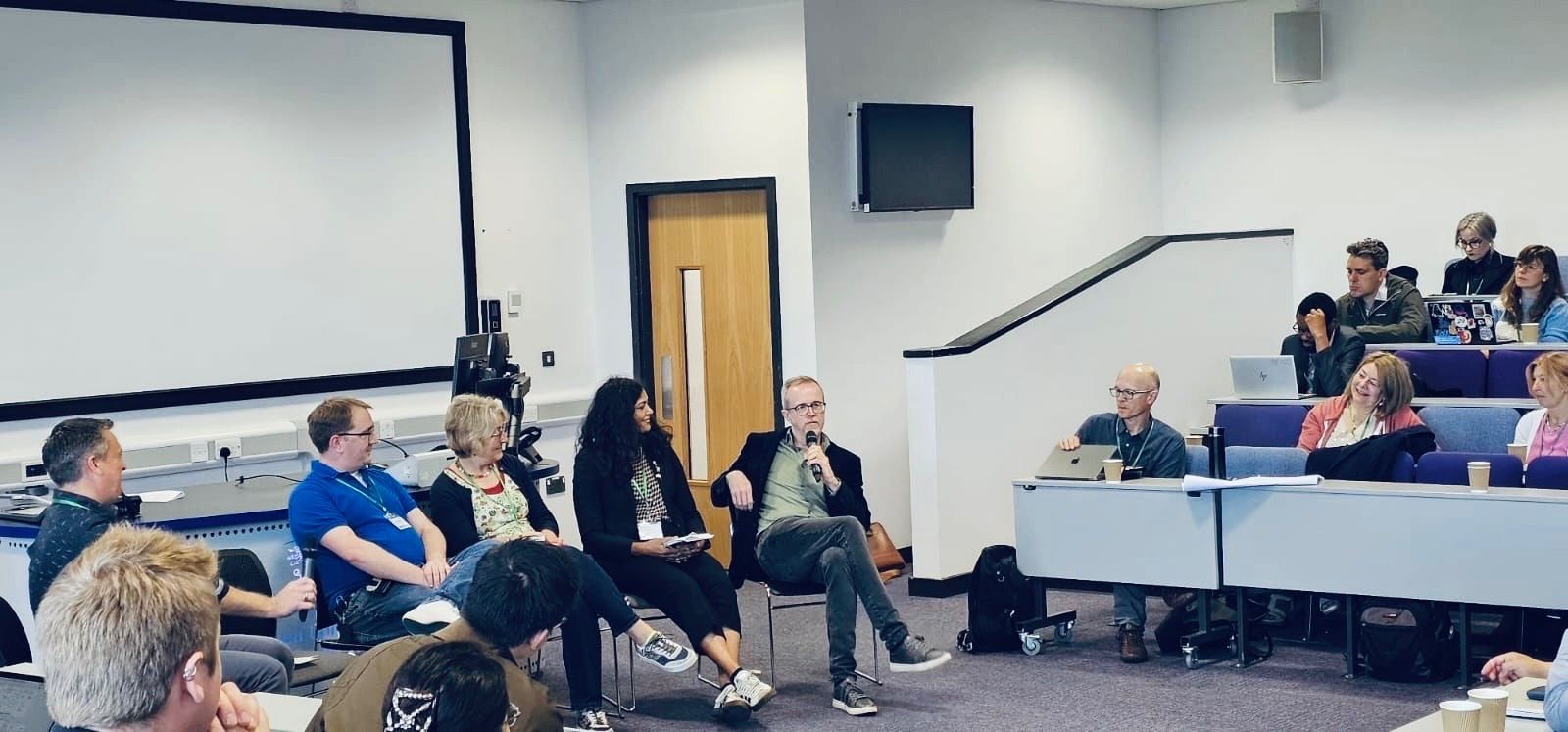Data, data everywhere…but what does it all mean? As digital technologies drive new ways to generate, manage, and share data, the search is on for innovative approaches to use it to improve decision making. This has never been more true than in the midst of the volatility and uncertainty we face today as the world tries to understand, respond, and recover from the Covid pandemic.
It may seem rather perverse, but it has been found that the most obvious approaches to data gathering are not to be trusted when it comes to human behaviour. Apparently, as Dr House predicted, “Everyone lies!”. And there’s data to prove it! In Seth Stevens-Davidowitz recent best-selling book “Everybody lies” he looks at data from direct data gathering exercises such as surveys and polls, comparing the results to observed behaviours, audits of online activities, and statistical norms. Whether intentionally or due to errors and biases, his work confirms what we often suspected: It seems that what people say and what people do frequently are not the same.
Furthermore, with issues such as public health and the economy, data being collected and reported tend to be skewed depending on who is doing the collection and reporting. Consider for example, why there are relatively low reported Covid cases in places such as Russia and many countries in Africa. Many logistical hurdles may be getting in the way. But surely there are many other pressures in play that influence the way the numbers being reported and released.
Hence, in addition to the many Covid data trackers and tracers from government agencies, news outlets, and other concerned groups, , we are seeing some interesting developments using more indirect means. These are called “proxy data sources”: Think about how scientists use the growth rings on fallen trees to understand historical changes in weather patterns and climate. The question of how we can use proxy data sources to give real-time insights into the impacts of Covid was nicely summarized in a recent article by Richard Partington in The Guardian as he considered different ways we can use data to understand more about Covid and its impact on the economy:
For a number of years we seen many examples of a diverse set of digital data sources being examined to understand current activity and forecast future behaviour. Examples include:
- Examining satellite images of car parking at shopping malls to predict sales of goods in stores.
- Using Artificial Intelligence and personal data to determine insurance rates and claims.
- Determining mobile phone density to predict traffic jams and plan travel routes.
These illustrations give an indication of how near real-time insights may be possible by looking beyond traditional data sources in decision making. And they provide some really interesting opportunities to understand more about the impact of the Covid crisis and how it will unfold. Partington highlights how the search for information has evolved significantly from the days of watching ships arrive at ports to determine their cargo, to today’s digital world where a plethora of information sources are available to everyone online all the time.
Perhaps next time you’re looking to improve decision making in your organization you can stop and consider for a few minutes how you might be able to learn more by looking for data in unusual places. The data is out there. Somewhere.





